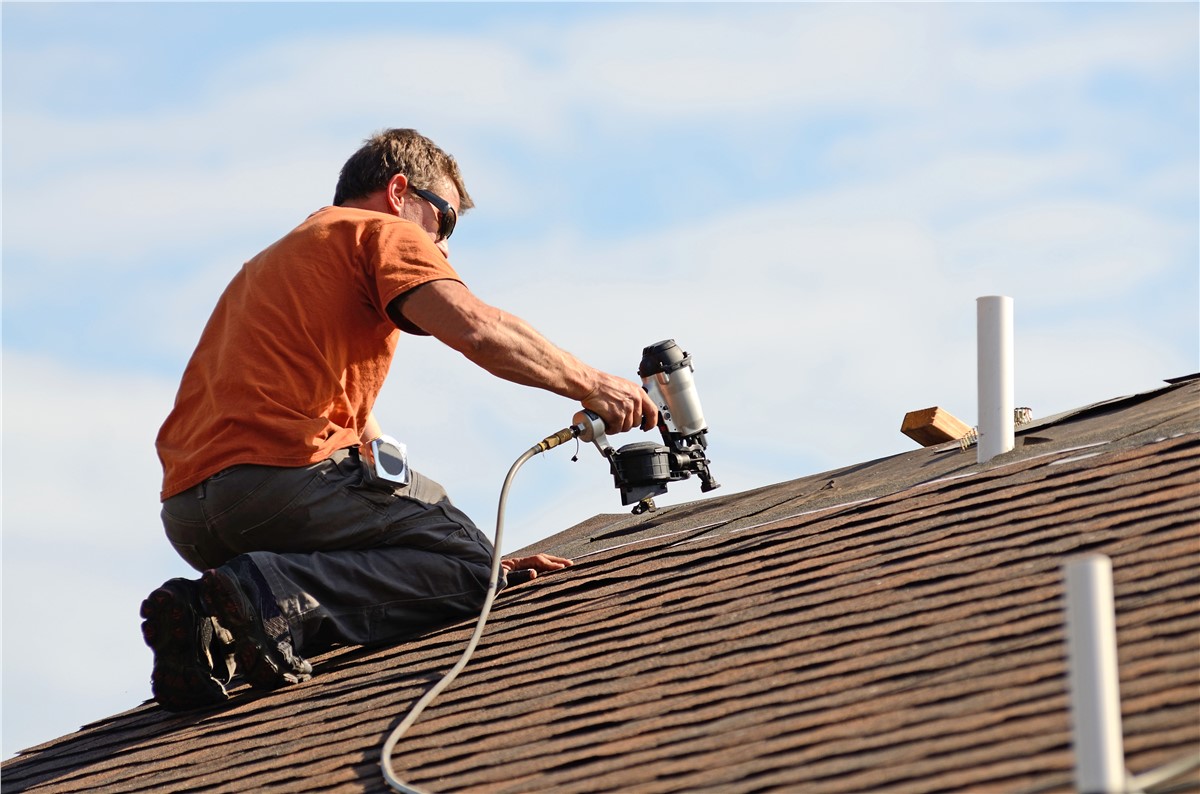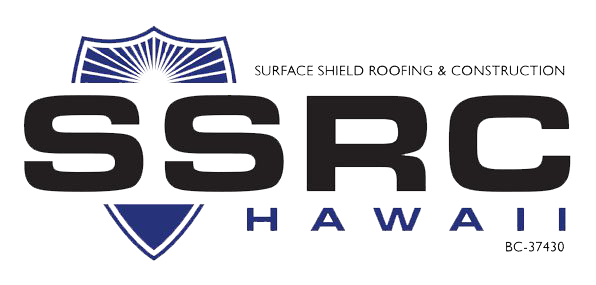Understanding the Different Kinds of Roofing Systems: A Comprehensive Guide for Homeowners
In the world of homeownership, picking the ideal roofing style is a decision that lugs significant ramifications for both functionality and visual charm. With a range of choices-- ranging from the conventional gable to the modern flat-- each type offers special advantages and difficulties that should straighten with the house owner's environmental considerations and specific requirements. Recognizing these differences not just aids in making an educated option yet likewise influences long-lasting upkeep and energy effectiveness. As we explore the intricacies of numerous roof covering kinds, it comes to be apparent that dimension does not fit all; the best option may stun you.
Gable Roofs
Saddleback roofs, characterized by their triangular form, are amongst the most preferred roof designs because of their simplicity and performance in shedding water and snow. This layout features 2 sloping sides that satisfy at a ridge, enabling reliable water drainage and reducing the risk of water build-up. The steep pitch generally associated with saddleback roofs improves their capacity to handle heavy rainfall, making them ideal for various environments.
In addition to their functional advantages, gable roofs supply visual convenience. They can be adapted to different building designs, from traditional to modern-day homes. The design can additionally accommodate additional functions such as dormer home windows, which boost natural light and air flow in the attic room space.
In addition, saddleback roofs provide sufficient space for insulation, adding to energy efficiency. Homeowners can pick from a range of roofing materials, consisting of asphalt shingles, metal, and ceramic tiles, even more boosting personalization choices.
In spite of their benefits, gable roofings might require additional support in locations prone to high winds or hefty snowfall. Generally, the saddleback roof remains a popular selection as a result of its mix of performance, longevity, and visual charm.
Flat Roofs
Level roofing systems are usually recognized for their minimal layout and functional applications, especially in commercial and industrial setups (oahu roofing). These roofs feature a straight or nearly straight surface area, which enables very easy construction and versatile area application. While they might do not have the visual charm of pitched roofing systems, level roofings supply many benefits, particularly in city settings where taking full advantage of room is essential
One of the main benefits of level roofing systems is their accessibility. House owners can utilize the roofing space for numerous objectives, such as roof gardens, terraces, or solar panel installations. Furthermore, level roofs are generally a lot more affordable to maintain and mount compared to their sloped counterparts, as they require fewer materials and labor.
Nonetheless, flat roof coverings do existing certain challenges. Correct drain is important to protect against water pooling, which can bring about leaks and architectural damages. For this reason, choosing premium waterproofing materials and routine examinations are critical for ensuring long life. Typical materials made use of for flat roofs consist of built-up roof covering (BUR), modified asphalt, and single-ply membranes, each offering unique advantages. Generally, flat roofings function as a adaptable and functional choice for several homeowners and services alike.
Hip Roof Coverings
Hip roof coverings are characterized by their sloped sides that merge on top, forming a ridge. This layout is unique from saddleback roofs, as all four sides of a hip roof slope downwards toward the wall surfaces, offering an extra secure structure. The angle of the slopes can vary, permitting for convenience in architectural looks and performance.
Among the primary benefits of hip roofs is their capability to endure hefty winds and unfavorable weather. The sloped surface areas make it possible for far better water drainage, decreasing the danger of leaks and water damage. Furthermore, hip roofs provide increased attic room room, which can be made use of for storage space or perhaps transformed into comfortable locations.
Nevertheless, constructing a hip roofing can be more costly and complex than easier roof kinds, such as saddleback roofs. The added material and labor entailed in producing the slopes and making sure proper architectural honesty can lead to higher expenditures. In spite of these drawbacks, several homeowners favor hip roofing systems for their sturdiness, aesthetic allure, and possibility for energy performance.
Mansard Roofs
Mansard roofings, often acknowledged by their unique four-sided design, attribute two slopes on each side, with the reduced slope being steeper than the upper. This building style, originating from France in the 17th century, is not just visually attractive yet useful, as it makes the most of the functional area in the upper floorings of a structure. The steep lower slope enables more headroom, making it a suitable choice for loft spaces review or attic rooms, Look At This which can be exchanged living areas.
Mansard roofings are characterized by their convenience, suiting various architectural styles, from standard to contemporary. They can be constructed with different materials, consisting of asphalt tiles, slate, or steel, supplying house owners with a series of options to suit their choices and spending plans. Additionally, the layout enables the assimilation of dormer windows, improving natural light and air flow in the upper degrees.
However, it is important to think about the prospective downsides. Mansard roofs might need more upkeep because of the complexity of their style, and their steep inclines can be challenging for snow and rainfall overflow. Overall, mansard roof coverings incorporate elegance with usefulness, making them a preferred selection among house owners looking for distinctive architectural functions.
Shed Roofs
As home owners progressively look for simplicity and functionality in their architectural layouts, shed roofing systems have become a prominent selection. Identified by a single sloping plane, a shed roofing system offers a minimalist aesthetic that matches numerous home designs, from contemporary to rustic.
One of the primary advantages of a shed roof is its straightforward building and construction, which often equates to reduce labor and material costs. This layout permits reliable water drainage, reducing the danger of leakages and water damages. Furthermore, the upright incline provides enough area for skylights, enhancing all-natural light within the interior.
Dropped roofing systems additionally offer versatility in regards to use. They can be properly incorporated into enhancements, garages, or outdoor frameworks like sheds and structures. Moreover, this roofing design can suit numerous roof covering materials, including metal, asphalt shingles, or even environment-friendly roofing systems, straightening with environmentally friendly initiatives.
However, it is necessary to consider local environment problems, as hefty snow lots may require adjustments to the roofing system's angle or framework. In general, shed roofing systems offer a useful and visually pleasing alternative for property owners looking to make the most of performance without compromising design.
Verdict


Gable roof coverings, identified by their triangular shape, are amongst the most popular roofing styles due to their simpleness and efficiency in dropping water and snow. oahu roofing. The steep pitch frequently linked with gable roofs enhances their ability to manage hefty precipitation, making them ideal for numerous environments
While they may lack the aesthetic allure of pitched roofings, level roof coverings offer many benefits, specifically in urban environments where maximizing space is important.
